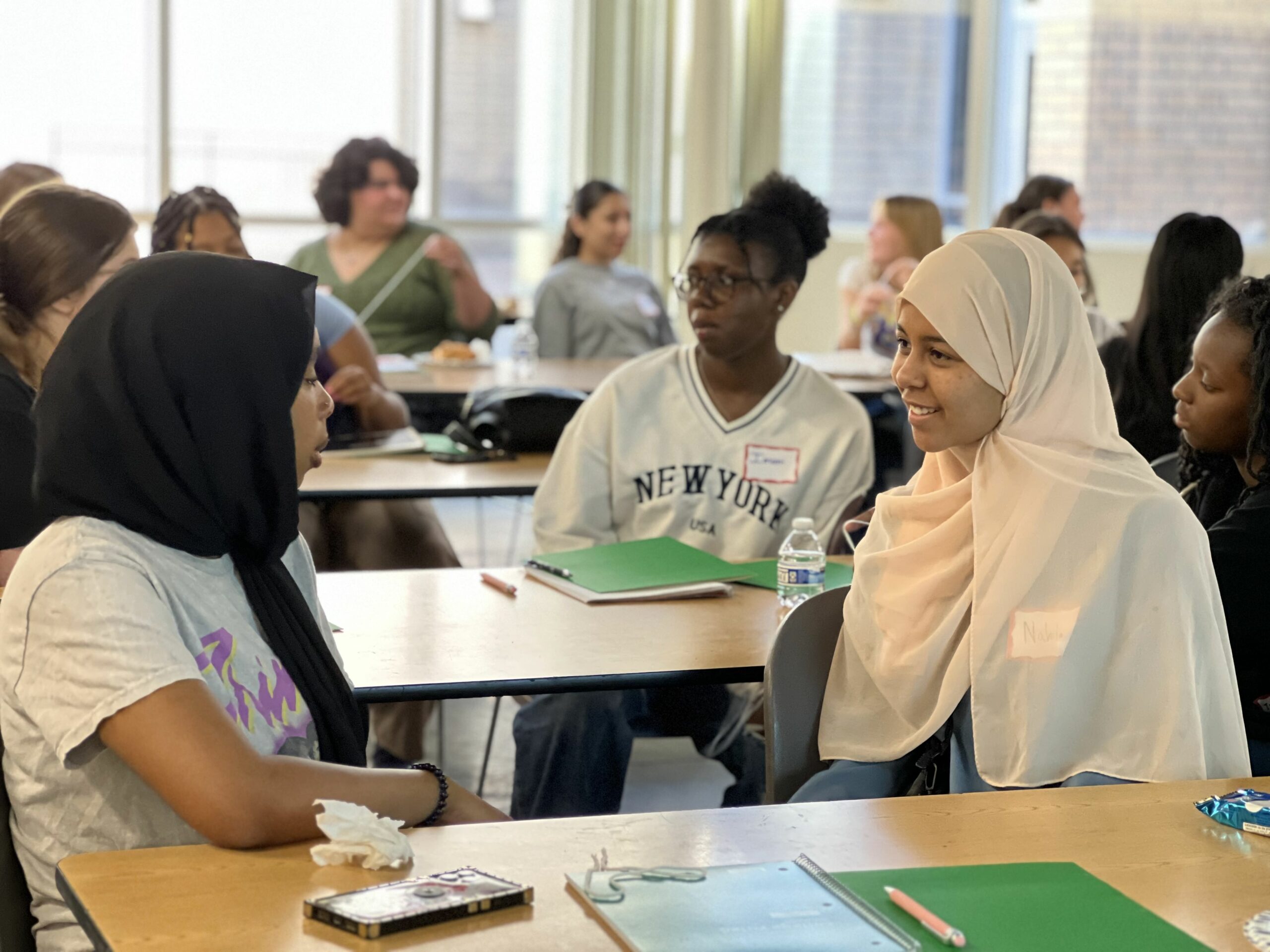Research and Data

Our state faces many challenges. Oregon has a low graduation rate, Oregon employers are face pressing shortages for their most important jobs, and Oregon has persistent inequities in its schools and workplaces that affect students' access to great careers. However, there are many opportunities for improvement. Career learning, both in the community and in Career Technical Education classes, is proven to help students graduate, continue their education after high school, and find their footing in the world of work.
Oregon's Challenges
For the past two years, Oregon’s high school graduation rate has been steadily increasing, but it still ranks near the bottom. The Oregonian reported that 79 percent of students in the class of 2018 earned diplomas within four years, achieving the best graduation rate in state history. That’s a gain of 4 percentage points since 2016, but the latest data still leaves Oregon’s graduation rate ranked at No. 49 in the nation.
Oregon also has persistent inequities in its schools and workplaces that affect students' access to great careers. Read more about the state’s inequality challenges here.
Career Exploration Makes a Difference
Career exploration for high school students is making a difference in fighting against the state’s challenges. In Oregon, students enrolled in Career Technical Education programs are 15% more likely to graduate from high school in four years than students who do not take the courses, according to the Oregon Department of Education.
Plenty of Jobs for the Well Prepared
Job growth is on the rise in the Portland region, yet many employers say they have trouble finding qualified candidates for job openings. In some cases, worker shortages can even be bad news for Oregon’s economy.
The skills gap is an ongoing and persistent problem. The Columbia-Willamette Workforce Collaborative “Workforce Report” in 2016 stated: “Addressing the mismatch between the skills of available workers and current and projected jobs is the fundamental challenge facing the region’s workforce efforts.”
Thousands of highly skilled workers are aging in key industry sectors, which means greater opportunities for younger ones. For those with the right education and experience, this means bright prospects in a variety of industries.
Hiring Hot Spots
A 2016 report on the state of the workforce in the Portland-Vancouver region projects significant job growth in key areas such as health care (23%), construction (26.5%) and software/IT (32.5%) into the middle of the next decade.
Further, the 2018 State of Oregon Employment Department report found that health care and social assistance had the largest number of difficult-to-fill vacancies (5,500) and construction reported the largest share of all vacancies as difficult to fill (85%).
The Oregon tech market is also accelerating. According to the Oregon Employment Department, technology employment expanded by 3.1% between December 2017 and the end of 2018.
Geographically, the 2018 report found that the Portland Metro area reported the largest number of difficult-to-fill job vacancies (12,700). The East Cascades and Southwestern Oregon regions reported the largest shares of vacancies as difficult to fill, at 73 percent and 68 percent, respectively.
Notable Research
“Studies show that aligning high school standards to college and workplace expectations is a critical step toward giving students a solid foundation in the academic, social and workplace skills needed for success in postsecondary education or a career.”
-- from the National Conference of State Legislatures, dropout prevention
Career education replaces the old method of vocational education, which featured low-level courses and single electives. High-quality career and technical education involves “academically rigorous, integrated and sequenced programs of study that align with and lead to postsecondary education. These programs provide students with opportunities to acquire the competencies required in today’s workplace – such as critical thinking, collaboration, problem-solving, innovation, teamwork and communication – and to learn about different careers by experiencing work and workplaces."
-- from the College & Career Readiness & Success Center at the nonpartisan American Institutes for Research (2013)
"While most dropouts blame themselves for failing to graduate, there are things that they say schools can do to help them finish: Four out of five students (81%) said that there should be more opportunities for real world learning and some in the focus groups called for more experiential learning. They said students need to see the connection between school and getting a good job."
-- from "The Silent Epidemic: Perspectives of High School Dropouts," Bill & Melinda Gates Foundation (2006)
"Academic preparation is necessary but not sufficient, however, in helping low-income students enroll in and graduate from college. Expectations about college attendance are important with one in particular standing out: a student's expectation that a college degree will be essential to pursue his or her desired career. Students who make this connection are six times more likely to earn their degree than those who did not."
-- from "Reclaiming the American Dream," The Bridgespan Group (2006)
Support PWA & Career Education
Together, we can engage all students to graduate and make more informed, coherent career choices after high school or college.
